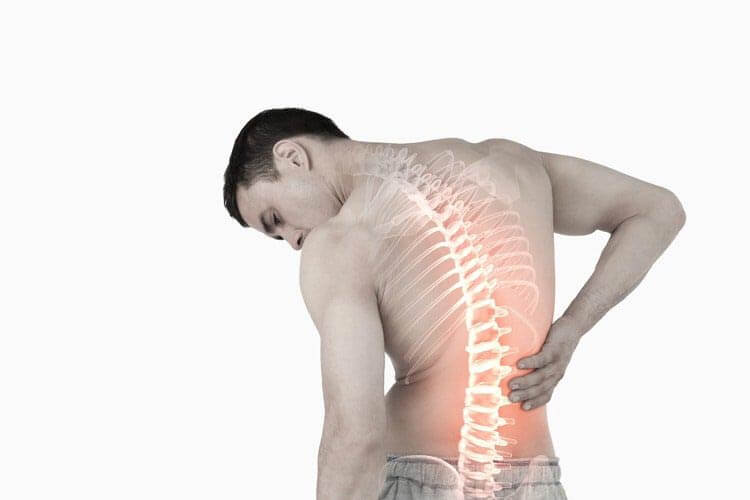Our Specializations
Specialized Chiropractic Care
Georgia Spinal Health & Wellness is not simply a chiropractic practice. We have developed advanced systems that utilize a range of specialized medical treatments. Our commitment is to offer a broad range of treatments which promote complete health and wellness for our patients.
If you are experiencing chronic nerve or spinal pain, we can address the root cause of the issue and offer you pain relief. The back and spine are extremely complex areas of the human body. No single type of treatment will work for every issue. At Georgia Spinal Health & Wellness, we carry out a comprehensive assessment of your condition before creating a treatment plan that is designed specifically for your needs.
We aim to help you achieve optimal health and wellness within a time frame that is convenient for you. Georgia Spinal Health & Wellness will work with you to match your schedule and ensure that you can enjoy the best treatment available.
Effective Combination Treatments
Health and wellness are about striking a balance with combined treatments, therapies and education. Georgia Spinal Health & Wellness provides a wide range of options for our patients including:
- Therapeutic Ultrasound for Blocked Breast Ducts
- Personal Injury Care
- IDD Therapy
- Chiropractic Care
- Physiological Therapeutics
- Massage Therapy
- Sports Injuries
Whether you are experiencing chronic pain, headaches or simply suffering from fatigue, we have a solution to get you back on your feet.
We are experts in combining treatments that guarantee excellent results. Our specialists are attentive and intuitive, allowing them to quickly identify the cause of your pain or tiredness and recommend a combination of treatments to improve your health and wellness.
Throughout your treatment, Georgia Spinal Health & Wellness will provide you with realistic expectations on treatment timescales and results. We want you to achieve your health and wellness goals in comfort and without feeling like you are under pressure.
To get a glimpse of what Georgia Spinal Health & Wellness truly has to offer, why not arrange an appointment? Contact our clinic today to schedule your appointment. We look forward to speaking to you and introducing you to the Georgia Spinal Health & Wellness family.













